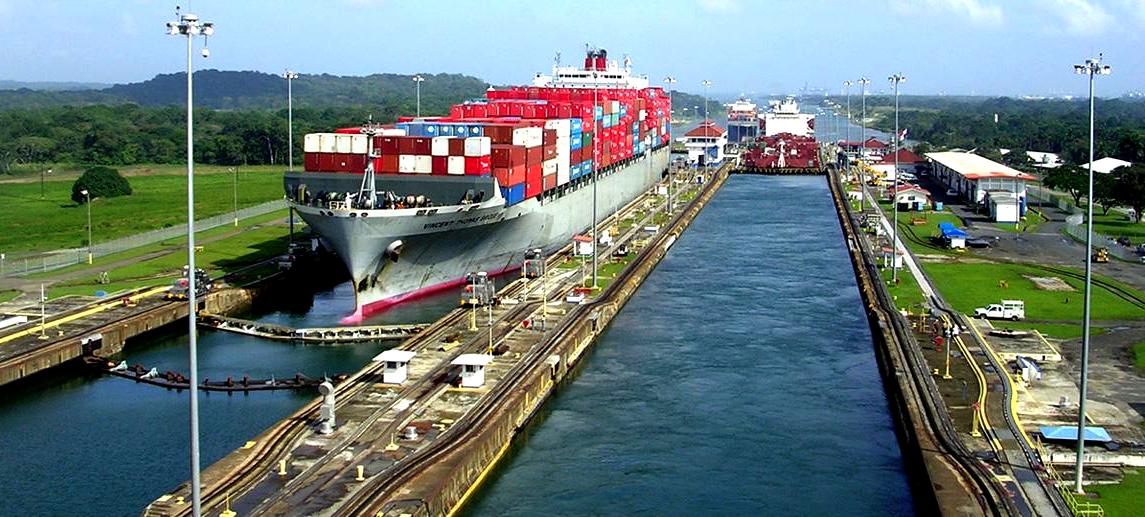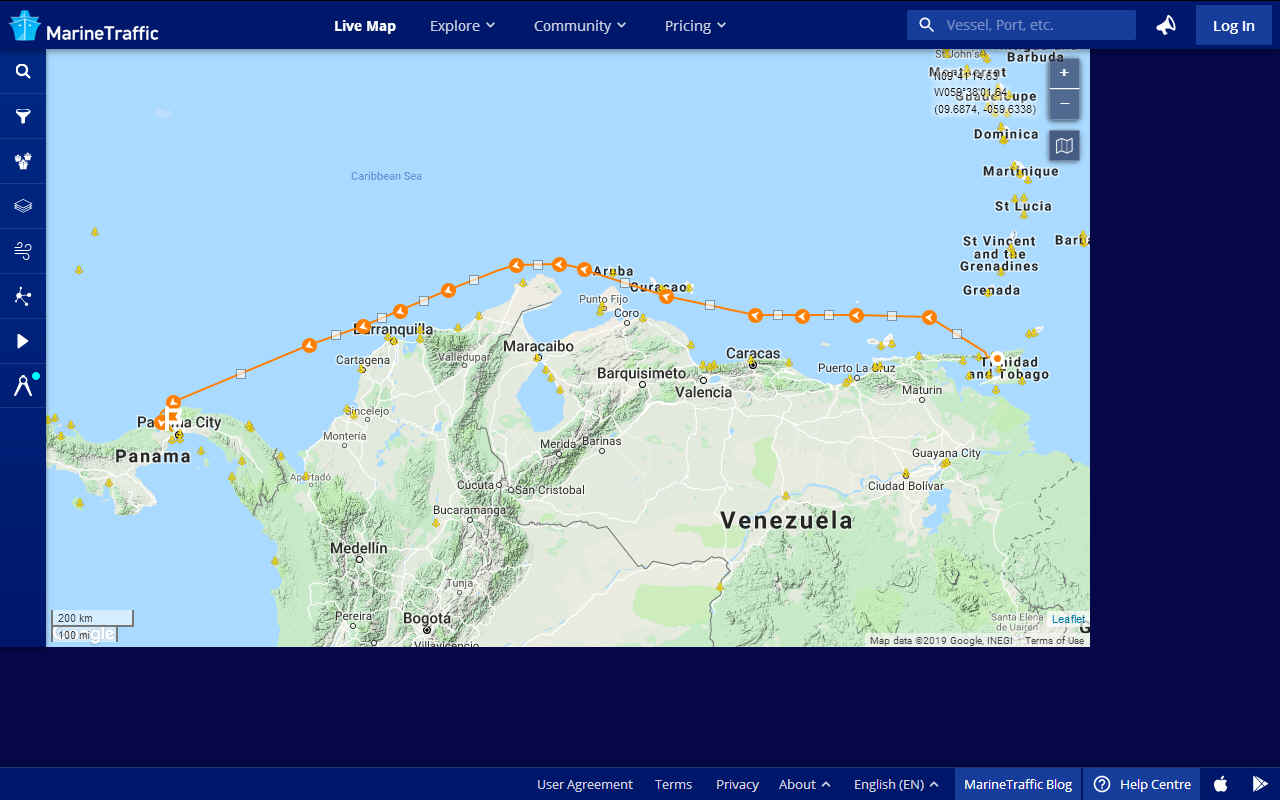|
AROUND THE WORLD IN 80 DAYS
PANAMA CANAL - HYDROGEN BUNKERING ROUTE PLANNER
Please use our A-Z INDEX to navigate this site or return HOME
|
||||||||||||||||||||||||||||||||||||||||||||||||||||||||||||||||||||||||||||||||||||||||||||||||||||||||||||||||||||||||||||||||||||||||||||||||||||||||||||||||||||||||||||||||||||||||||||||||||||||||||||||||||||||||||||||||||||||||||||||||||||||||||||||||||||||||||||||||||||||||||||||||||||||||||||||||||||||||||||||||||||||||||||||||||||||||||||||||||||||||||||||||||||||||||||||||||||||||||||||||||||||||||||||||||||||||||||||
|
- |
||||||||||||||||||||||||||||||||||||||||||||||||||||||||||||||||||||||||||||||||||||||||||||||||||||||||||||||||||||||||||||||||||||||||||||||||||||||||||||||||||||||||||||||||||||||||||||||||||||||||||||||||||||||||||||||||||||||||||||||||||||||||||||||||||||||||||||||||||||||||||||||||||||||||||||||||||||||||||||||||||||||||||||||||||||||||||||||||||||||||||||||||||||||||||||||||||||||||||||||||||||||||||||||||||||||||||||||
|
The
Panama
Canal is an artificial 82 km (51 mi) waterway in Panama that connects the
Atlantic Ocean
with the
Pacific
Ocean. The canal cuts across the Isthmus of Panama and is a conduit for maritime trade. Canal locks are at each end to lift ships up to Gatun Lake, an artificial lake created to reduce the amount of excavation work required for the canal, 26 m (85 ft) above sea level, and then lower the ships at the other end. The original locks are 34 m (110 ft) wide. A third, wider lane of locks was constructed between September 2007 and May 2016. The expanded canal began commercial operation on June 26, 2016. The new locks allow transit of larger,
post-Panamax ships, capable of handling more cargo.
Colombia, France, and later the United States controlled the territory surrounding the canal during construction. The US continued to control the canal and surrounding Panama Canal Zone until the 1977 Torrijos–Carter Treaties provided for handover to Panama. After a period of joint American–Panamanian control, in 1999, the canal was taken over by the Panamanian government. It is now managed and operated by the government-owned Panama Canal Authority.
Annual traffic has risen from about 1,000 ships in 1914, when the canal opened, to 14,702 vessels in 2008, for a total of 333.7 million Panama Canal/Universal Measurement System (PC/UMS) tons. By 2012, more than 815,000 vessels had passed through the canal. It takes 11.38 hours to pass through the Panama Canal. The American Society of Civil Engineers has ranked the Panama Canal one of the seven wonders of the modern world.
Panama is not hydrogen ready as we write, hence clean fleet operators will have to seek alternative handling facilities to comply with the IMO's 2040 target.
4TH LEG - At a speed of 13 knots the fourth leg of the hydrogen powered zero carbon voyage would take just over three days to complete, free of emissions. The demonstration of ZEWT technology in action, could help speed up the transition to non polluting waterborne transport. These projections are only a guide. Many of the ports of call could be bypassed completely to give us a shorter passage.
SOLAR POWERED TRANSIT EXAMPLES - The above table illustrates one of the most likely ocean awareness expedition routes that could be undertaken by the Elizabeth Swan, showing the time elapsed in days for 7 knots average cruising speed, including times for 5 and 6 knot averages - allowing for 10% downtime and 36 days in ports. Hence, although the objective is to reduce the current solar circumnavigation record from 584 days, the event in not an outright non-stop yacht competition in the offshore racing sense. It remains to be seen how accurate such a prediction might be.
|
||||||||||||||||||||||||||||||||||||||||||||||||||||||||||||||||||||||||||||||||||||||||||||||||||||||||||||||||||||||||||||||||||||||||||||||||||||||||||||||||||||||||||||||||||||||||||||||||||||||||||||||||||||||||||||||||||||||||||||||||||||||||||||||||||||||||||||||||||||||||||||||||||||||||||||||||||||||||||||||||||||||||||||||||||||||||||||||||||||||||||||||||||||||||||||||||||||||||||||||||||||||||||||||||||||||||||||||
|
A RACE AGAINST THE CLIMATE CLOCK: The climate clock is ticking faster, speeding up global warming. Solar power is a proven means of traversing the oceans, but it is too slow for cargo transport as we write. But introduce hydrogen into the equation and we can manage up to 4000nm on hydrogen tanks alone. Using LH2, it might be possible to circumnavigate the globe on one tank full - and using solar in combination, travel Around The World In 80 days. Without hydrogen bunkering at ports and harbours it is more of a logistical challenge. This is a problem for port authorities and operators all over the globe, a topic for COP26 and similar events - as the world continues to fry on fossil fuels. http://jules-verne.org/ http://jules-verne.org/
Please use our A-Z INDEX to navigate this site
This website is Copyright © 2021 Jameson Hunter Ltd, an equal opportunities company. This website is carbon friendly, using less energy to load on average per page via simplicity & picture optimization. The same may not apply to third party links.
|


